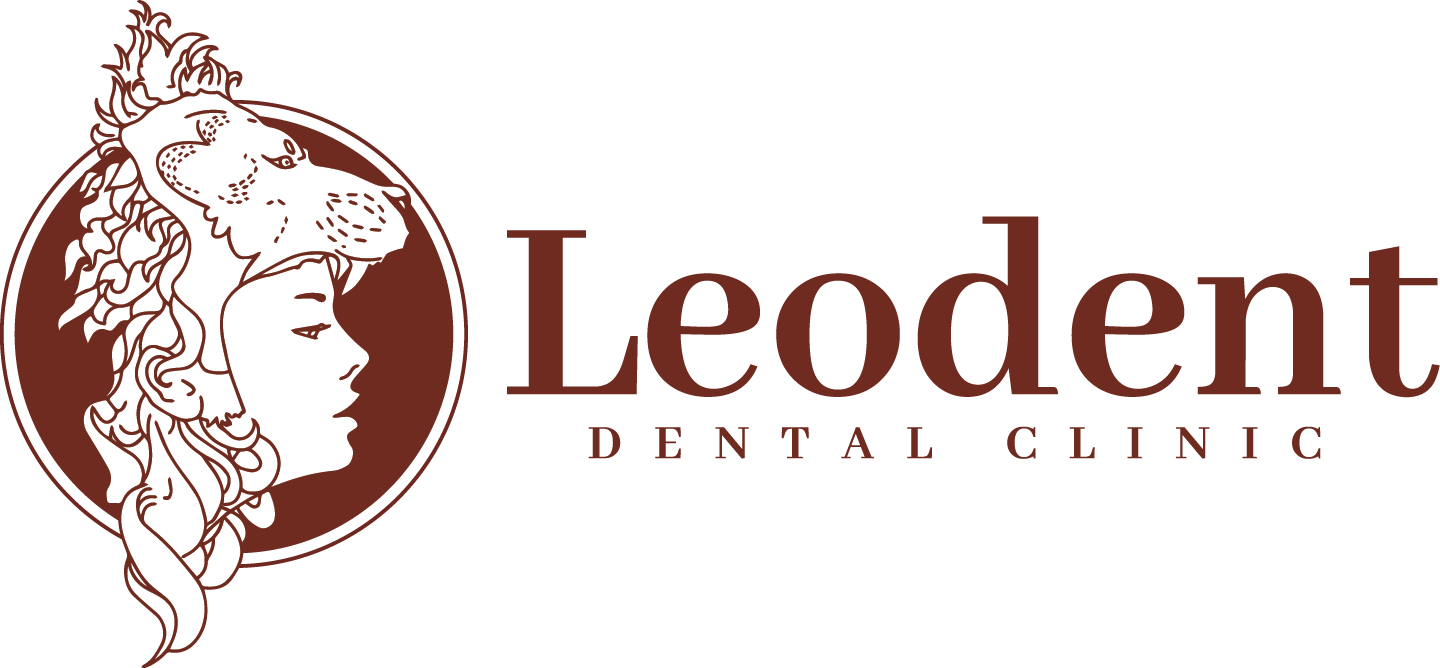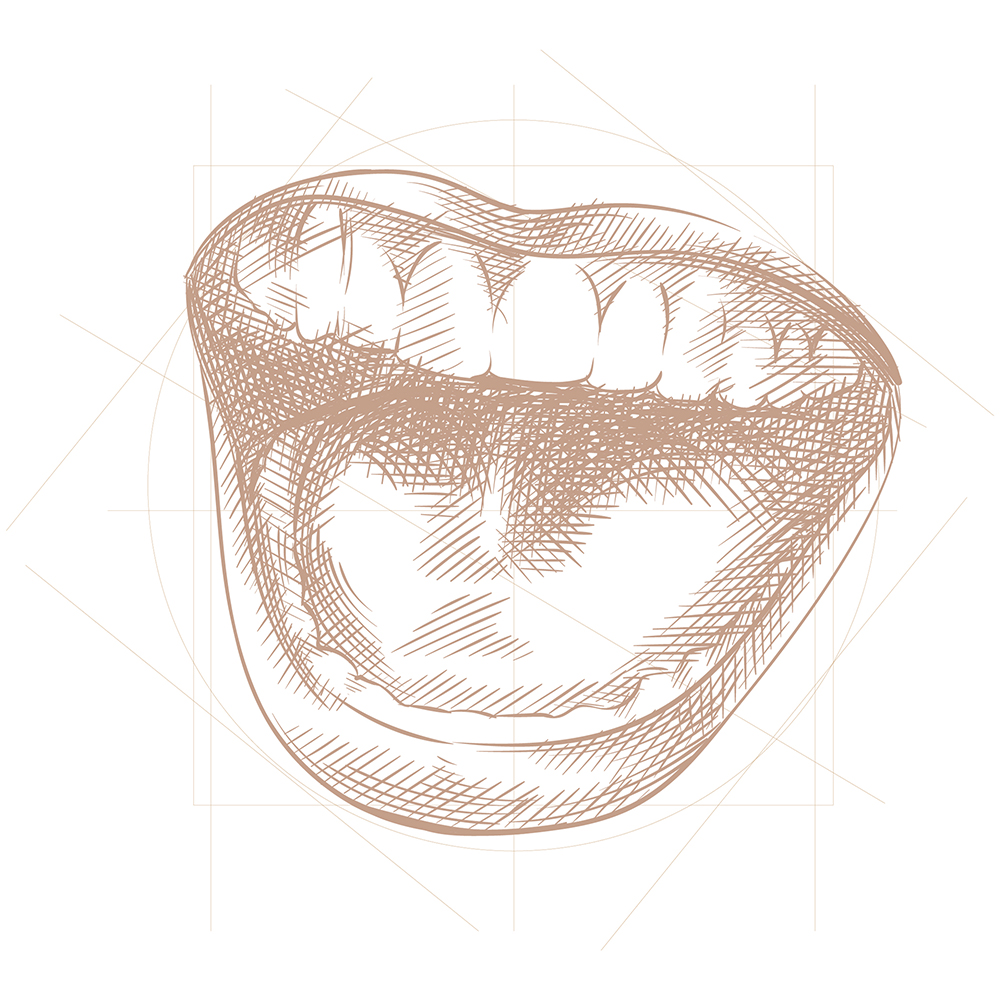Laminate Veneer (Leaf Porcelain) Veneer
If the size, shape or surface structure of the teeth is to be corrected, applications such as laminate veneers (leaf porcelain) or zirconium veneers are performed. These procedures significantly improve the aesthetic appearance of the teeth.
What is Laminate Veneer (Leaf Porcelain)?
Laminate veneers are thin porcelain or composite veneers applied to the front surface of the tooth. It is known as the closest material to the natural tooth structure and solves aesthetic problems by bonding to the front surface of the tooth. In this method, most of the tooth is preserved and only minimal abrasion is performed on the front surface.
How is Laminate Veneer Made?
Examination and Planning
The dentist examines the patient’s tooth structure and evaluates aesthetic expectations.
The teeth are measured and the colour and form suitable for the patient are determined.
Preparation of the Tooth
A very thin layer of abrasion is made on the front surface of the tooth. Since this abrasion process is very minimal, a large part of the tooth is preserved.
Measurement
After etching, the teeth are measured and sent to the laboratory. In line with these measurements, laminate veneers are produced specifically for the patient.
Temporary Coating
While permanent veneers are being prepared, temporary veneers can be applied for aesthetic and functional comfort of the patient.
Placement of Laminate Veneers
The prepared veneers are fixed to the surface of the tooth with the help of special adhesives after checking their suitability to the tooth.
Polishing and finishing touches
After the veneers are placed, the teeth are polished and given a natural shine.
Laminate Veneer Advantages
- Natural Appearance: Laminate veneers are very similar to natural teeth thanks to their light transmission and offer an aesthetically attractive result.
- Minimal Abrasion: A minimal abrasion is performed by preserving a large part of the tooth.
- Long Life: With proper care, it can be used for many years without any problems.
- Stain Resistance: Since porcelain material does not stain, it is resistant to external factors such as tea, coffee and cigarettes.
First, your dentist examines your teeth and takes impressions. A minimal abrasion is performed on the front surface of the tooth, and then special veneers are prepared in the laboratory and bonded to your tooth. Finally, a natural look is achieved through polishing.
It’s suitable for those who are unhappy with the color, shape, minor misalignments, or surface imperfections of their teeth. However, your dentist will assess whether your tooth structure is suitable for this procedure.
No, it does not harm your teeth when applied correctly. Since minimal abrasion is performed, the natural structure of your teeth is largely preserved.
No, it is usually not a painful procedure. Local anaesthesia can be used when abrading the tooth surface, which makes for a comfortable experience. There may be slight sensitivity after the procedure, but this is temporary.
Yes, thanks to the light transmission of porcelain, it offers a very similar appearance to natural teeth. Since the colour and shape are customised according to your tooth structure, it does not look artificial.
No, porcelain material is stain-resistant. Substances such as tea, coffee or cigarettes do not cause discolouration on laminate veneers.
Sert gıdalardan kaçınmalı, düzenli diş fırçalamalı ve diş ipi kullanmalısınız. Ayrıca diş hekiminizin önerdiği kontrolleri aksatmamalısınız.
You should avoid hard food, brush your teeth regularly and use dental floss. In addition you shouldn’t neglect checkup appointments recommended by your doctor.
Porcelain is a durable material, but there may be a risk of breakage if there are habits such as biting excessively hard foods or teeth grinding. In this case, your dentist may recommend protective measures.
Laminate veneer is a permanent application and cannot be reversed because the tooth surface is abraded. Therefore, it is important to have a detailed discussion with your dentist before making a decision.
Zirconium veneer covers the entire tooth and provides more durability, while laminate veneer is applied only on the front surface of the tooth and requires less abrasion.


